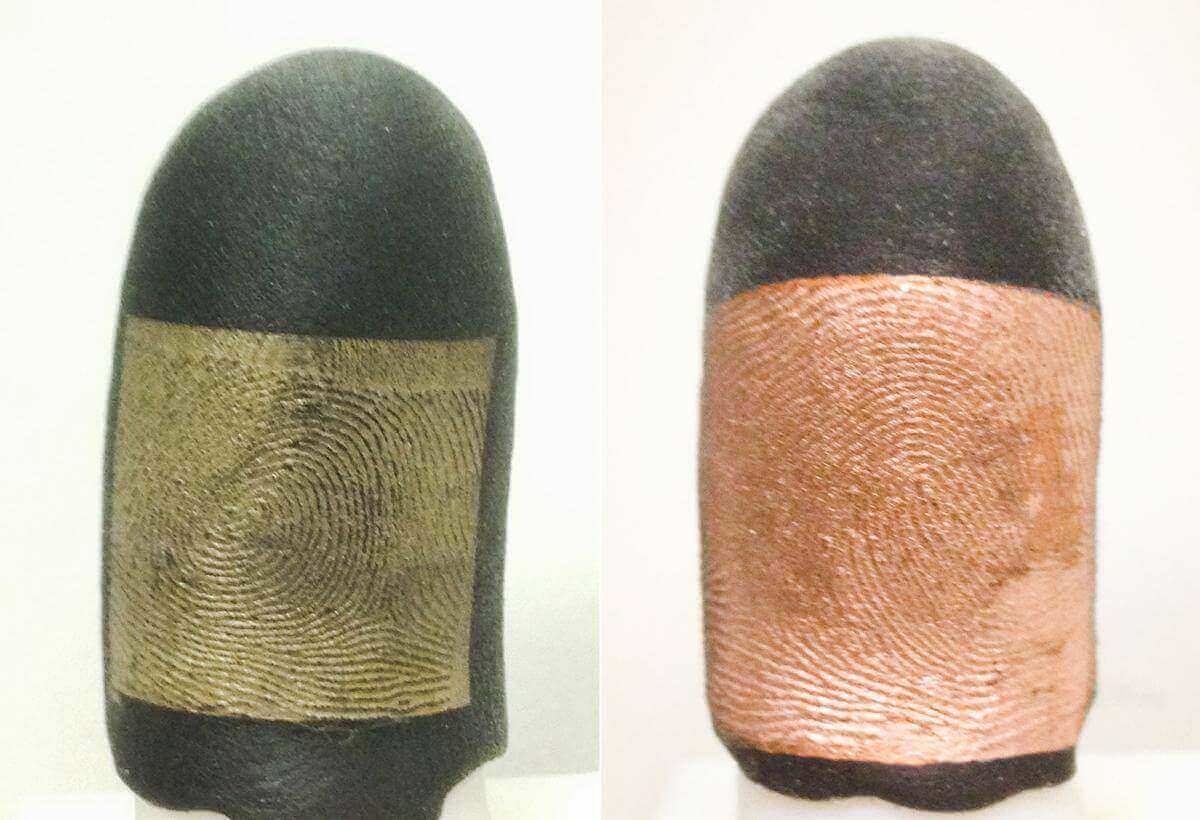After 3D printed fingers failed to unlock a murder victim’s smartphone, researchers resorted to using traditional 2D printing instead.
All3DP previously reported on this intriguing case, asking whether 3D printed fingerprints can unlock a victim’s smartphone. Turns out they can’t.
Instead, a team from Michigan State University, led by professor Anil Jain, went back to basics and simply used a 2D image to break into the phone.
Ultimately, the reasons for the failure of the 3D print came down to the poor quality of the original fingerprint image kept in police files.
Luckily for the team, the phone didn’t require a password after a failed fingerprint attempt so they could continue to try out different options.
Earlier this year, Jain and his team published a technical report detailing the 2D method and showing how anyone could unlock a phone with a high-quality fingerprint, a regular inkjet printer, and some conductive paper.
Going Back to Basics with 2D Printing
The way in which smartphone fingerprint scanners work is that the ridges in your fingers close small electrical circuits, meaning that standard plastic couldn’t unlock the phone.
In an attempt to spoof the sensor, the team 3D printed model fingers on a $250,000 3D printer, and then used a $600,000 machine to apply a coating of a conductive metal onto the models. But they just didn’t work because the source scans weren’t detailed enough.
Thankfully, the team had their 2D backup option ready to try out after 3D printed attempt failed. Using an image enhancement algorithm, the team filled in broken lines in the print and managed to successfully unlock the Samsung Galaxy S6 involved in the investigation.
Even though unlocking the phone is useful for the police, Jain spoke out about the simplicity being used for negative reasons. He said: “Hopefully the phone companies are watching this and they will make fingerprint devices more robust against such simple attacks.”
(Source: NPR)

License: The text of "Murder Victim’s Smartphone Unlocked with 2D Printing" by All3DP is licensed under a Creative Commons Attribution 4.0 International License.